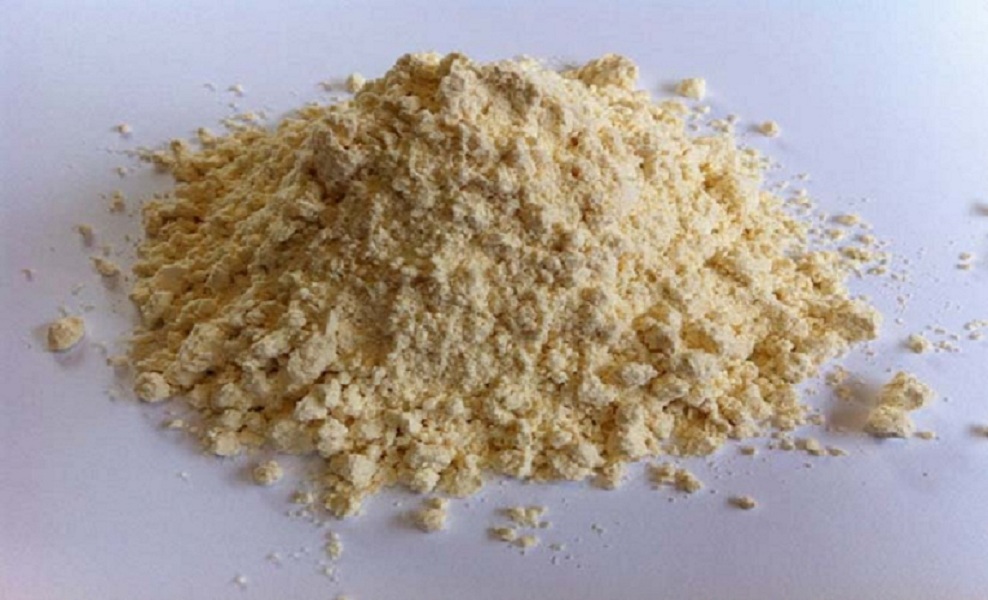Wheat Flour-Atta
Atta flour is probably the most commonly used wheat flour in the Indian subcontinent. It is a whole wheat flour made from a durum wheat which is a very hard wheat (similar to the flour used to make pasta). Durum wheat has a high protein content and also a high gluten content, this makes it ideal for making breads. Atta also has a high bran content which is very healthy. Traditionally atta is stoneground and comes out a sort of creamy brown colour. It is quite a coarse flour but very tough so you can roll it out very thin. It is used to make roti and chapatti and parathas and quite a few other Indian breads.

Wheat Flour-Maida
Maida is a softer general purpose flour (sometimes called 'all purpose flour') and is a highly refined flour. It can be used for making roti and parathas and this gives a much softer result than the traditional atta flour, but it is a must for making naan bread and samosas. We can use this for pooris as well. In India maida is always used to make pastries and sweeter breads such as sheermal, a sweet milk bread, or baqerkhani.

Sooji
Semolina (sooji) is made from hard durum wheat. It is the starchy endosperm part only which is separated from the bran and the wheatgerm and then milled into flour. This is not just an Indian flour but has many uses all over the world; it is used to make pasta in Italy and semolina pudding in English schools. In India it is used for making rava dosa (a quick version of a dosa that doesn't need fermentation). We can use it mixed in with atta flour to make pooris. It is also used for making sooji halva and Indian sweet made from semolina and ghee, and then flavoured with nuts or fruit or coconut etc.
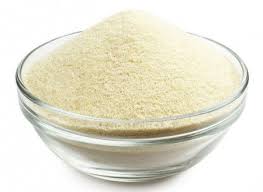
Lapsi Fada
This is more like cracked wheat – it is a whole wheat flour that is only partly ground. It is used to make sweet dishes for special occasions like marriages.

Rice Flour
Rice flour is made from ground rice kernels and is sometimes called ground rice, it can be made from white or brown rice with brown rice flour having a greater nutritional value. It is easier to digest than wheat flour and so often finds its way into baby food, it is also naturally gluten free it is a good substitute for those who are gluten intolerant. In the south of India it is used to make various pancakes and breads; idlis and dosas are two such examples – made from a mixture of rice and lentil flours. Karnataka a state on the south western coast makes a roti from rice flour called akki roti. Sweets similar to halva called shondesh or malpua are made from a mixture of wheat and rice flour with sugar and coconut. It is used as a thickening agent and is particularly good for thickening products which are to be frozen since it stops the liquid content from separating out. And rice flour is also used to bulk out other products such as ground spices. Outside India it is used for making rice noodles, crackers, batters, cereals and cakes amongst many other things.
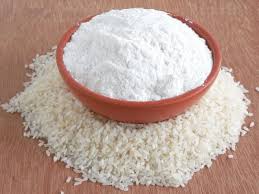
Dhal Flours
There are as many types of dhal flour as there are type of dhal.They are generally gluten free and also have low glycemic indices and so are very good for people with certain dietary requirements. The main two are gram flour and urad dhal flour, but there are also flours made from moong beans and toor dhal and masoor dhal.
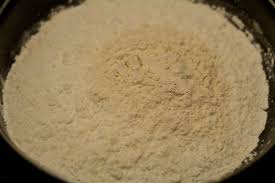
Urad Dhal Flour
This is a real Indian flour, not used much outside Indian cuisine, also called black lentil flour and papad flour it is used to make poppodums and of course to mix with rice flour to make idlis and dosas. This flour is also one of the most popular for making vadai – deep fried doughnuts make in the South of India.
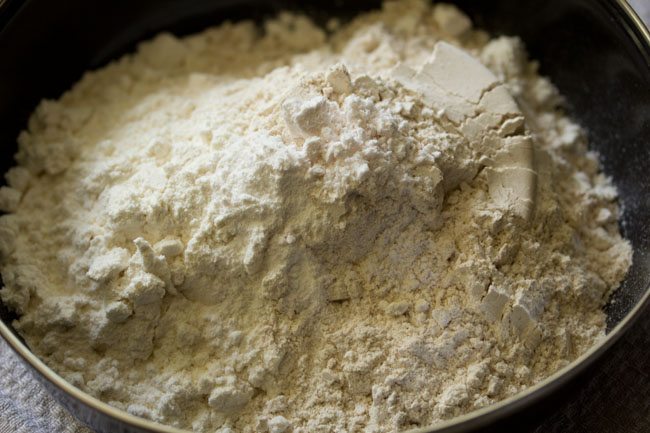
Gram Flour
A very common Indian flour, also called besan and chickpea flour this is made from dried chickpeas. It has a very earthy smell, a slightly nutty taste and is very high in protein. Probably its most well known use is to make the batter for onion bhajis and other pakora but it is also used as a thickener in curries. It is used to make fried batter balls called boondi, these can then be dipped in syrup to make laddu. In northern India it is used to make a yoghurt based soup called kadhi – yoghurt, gram flour and spices.
